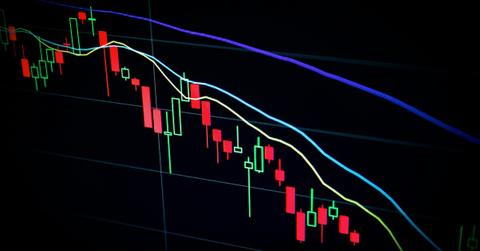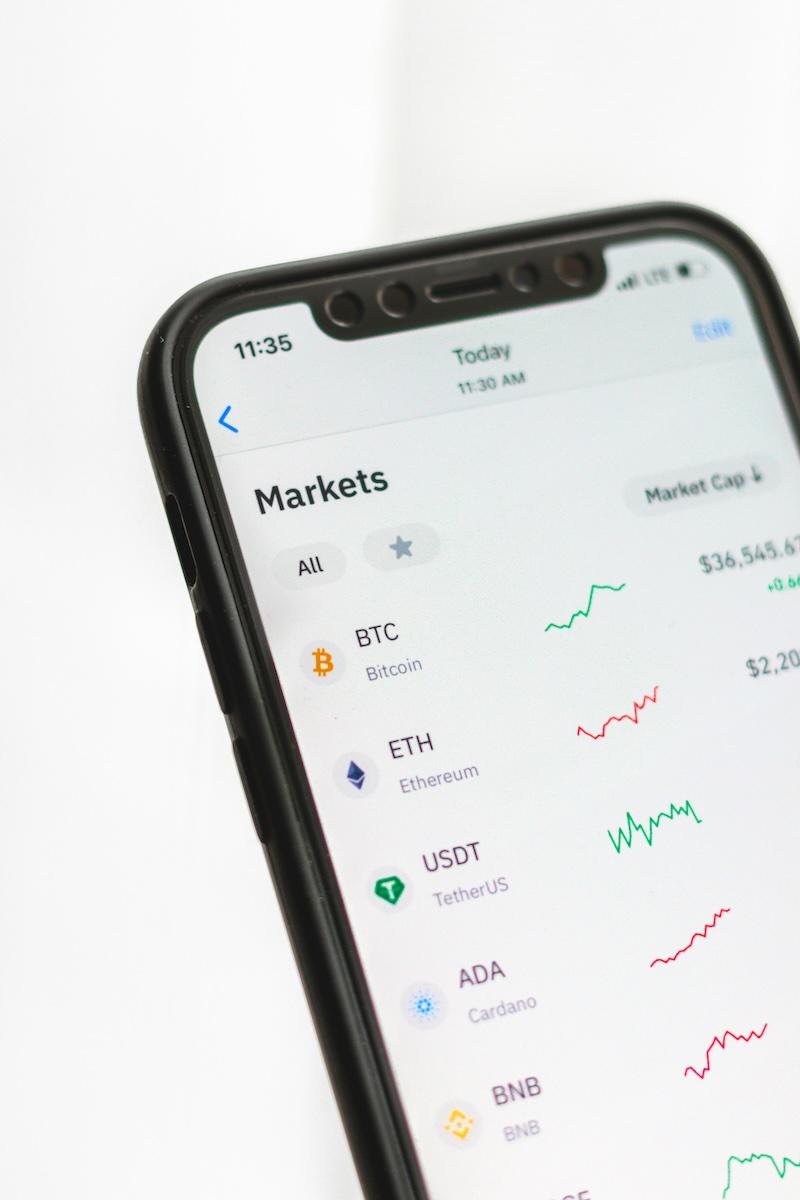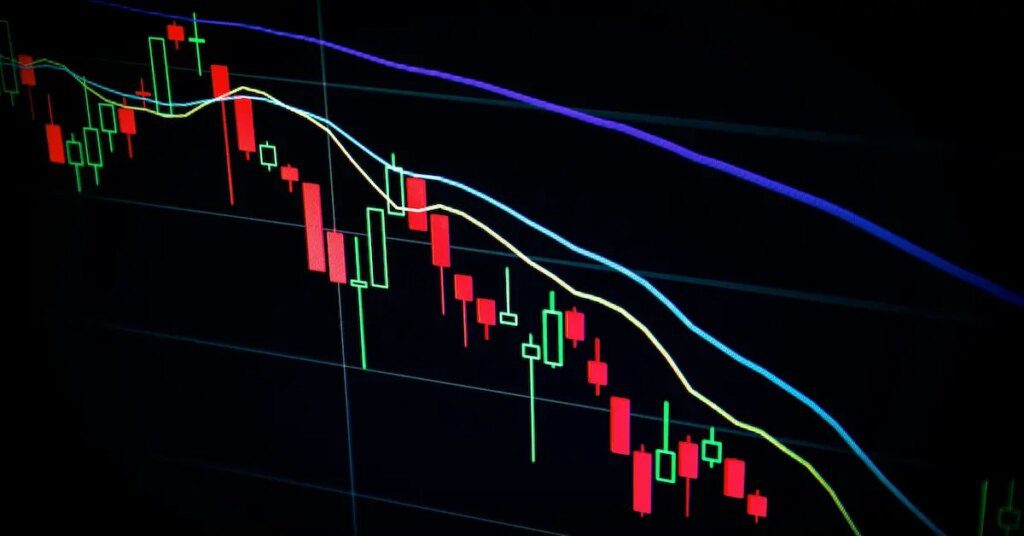Investor sentiment and market psychology play an important role in the price fluctuation of cryptocurrencies.

Cryptocurrency has a complex relationship with the general public. On the one hand, several years removed from its popularity boom during the COVID lockdowns of 2020, it has become downright wrong to view crypto as some sort of flash in the pan. Instead, in 2025, it has become clear that cryptocurrency has become an integral part of the modern economic ecosystem, a pillar of the financial world. However, this does not mean that consumers in general are exceptionally comfortable with the currency.
Article continues below advertisement
Much of this unease comes from the same central place it has always occupied: fear of the unknown. One of the factors that has long contributed to the negative connotation surrounding cryptocurrency in average consumer circles is its volatile and rapid pricing. Traditional investors are more familiar with the stock market, where the value of a given investment can change from day to day. However, cryptocurrency prices often experience significant fluctuations within hours or minutes. Many average consumers do not understand how or why this happens and, as a result, feel excluded from cryptocurrencies as a viable investment choice. In reality, however, this same volatility is actually positive for the digitized currency, which speaks to the main strengths it demonstrates.

Article continues below advertisement
Cryptocurrency was designed to provide a meaningful and attractive alternative to traditional banking and investment systems. One of the main differences between cryptography and other established systems was that cryptography was uniquely connected to changing tides and able to adapt at a much faster rate. This is evident in the rapid fluctuations in the value of crypto, which allows it to react to market changes at an accelerated pace. For this reason, it is essential for investors to monitor cryptocurrency prices, but it also means that cryptocurrencies are a much more technologically advanced investment choice in the modern era.
Understanding cryptocurrency price volatility
Cryptocurrency prices are highly volatile and fluctuate due to various factors, including global economic trends, investor sentiment, regulatory changes and the adoption of blockchain technology. Monitoring these factors can help investors better understand the short-term fluctuations and long-term opportunities in the digital asset market.
Article continues below advertisement
As cryptocurrency markets are known for rapid price fluctuations, investors rely on real-time updates to manage risks and capitalize on opportunities. To stay informed about cryptocurrency prices, many traders follow live platforms that track developments in digital assets.
Global Economic Trends Affecting Cryptocurrency Prices
Factors such as inflation, interest rates and fluctuations in the strength of the US dollar can influence the demand for cryptocurrency and have a significant impact on its price. It is no coincidence that cryptocurrencies rose to such popularity in 2020, amid significant economic uncertainty. People were looking for alternative options, and thanks to COVID-fueled lockdowns, it turns out they had a lot of extra time to explore such options.
Article continues below advertisement
Today, the relationship between cryptocurrency prices and global economic trends is much more dynamic, in which key events can cause prices to move in unexpected ways. For example, the price of cryptocurrency soared in conjunction with this widespread interest when a US presidential candidate became the first in history to use cryptocurrency for payment during a live public broadcast in late 2024. Conversely, as more coins were introduced to the market, several of their economic failures had negative effects on crypto prices in its entirety.

Article continues below advertisement
Cryptocurrency prices also move due to global economic events, market sentiment, regulation and investor behavior. Unlike the stock market, cryptocurrencies can be traded 24/7, further amplifying price fluctuations. Bitcoin and Ethereum dominate the market and tend to set the trend for altcoins. However, smaller tokens may experience greater price fluctuations due to lower liquidity.
Additionally, government policies including crypto bans, tax rules, or approval of ETFs can also lead to sudden market reactions. Positive regulation tends to give investor confidence, while restrictions often lead to sell-offs.
The impact of investor sentiment and market psychology on cryptocurrency prices
Investor sentiment and market psychology play an important role in the price fluctuation of cryptocurrencies. Social media hype, fear of missing out, and panic selling all add to crypto volatility. But above all, these elements are often not the cause of price variations. Rather, it is the exaggerated Internet that often accelerates or exacerbates changes already underway.
For example, if a reputable crypto analyst predicts that the value of Bitcoin will drop in a few days, this may lead to a frenzied reaction online, where investors will sell their Bitcoin, ultimately helping to increase the impact of the change even further. On the other hand, the launch of a coin like Dogecoin was a success, largely due to the way the meme captured the buzz of the online community.
As of 2020, crypto has been a market primarily driven by the incredibly passionate involvement of its extremely online and, like crypto itself, highly responsive investor base.




